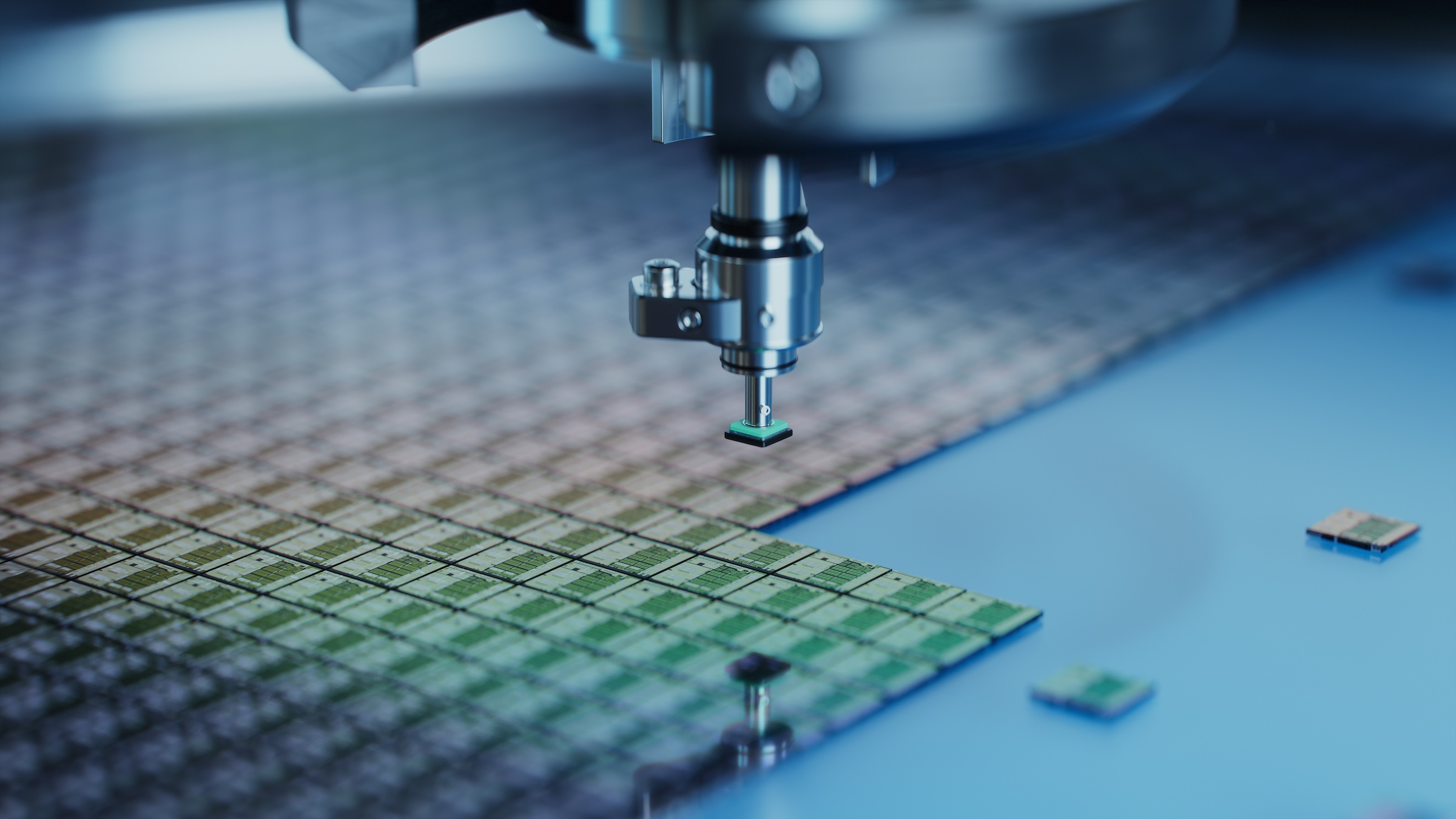
MRAM (Magnetoresistive RAM, Racetrack Memory)
MRAM (Magnetoresistive RAM) is a type of non-volatile RAM (Random Access Memory). This means that the data is retained for a while, even if the power supply is interrupted. Unlike most other types and subtypes of RAM (such as the DRAM, the SRAM or even the FeRAM), the MRAM stores information not with electrical but with magnetic charge elements: based on the parallel or antiparallel alignment of two ferromagnetic plates.
Table of Contents
Features of the MRAM
MRAM technology offers several advantages, including high speed, long life, and the ability to store data without power. However, there are still several challenges to overcome before it can be deployed on a large scale, including the difficulty of shrinking MRAM cells to increase storage density.
Here is a summary of the main features of the storage technology:
Beware of Confusion!
Ferromagnetic (MRAM) vs. Ferroelectric (FeRAM)The term "ferro" comes from Latin and means iron (ferrum). Both "ferromagnetic" and "ferroelectric" refer to properties that were originally discovered in materials containing iron, although the terms now apply to a wider range of materials.
Ferromagnetic: Iron (Fe) is a well-known example of a ferromagnetic material. Ferromagnetic materials can have a permanent magnetic field when they are exposed to an external magnetic field. This phenomenon is the basis for the operation of MRAM.
Ferroelectric: The term "ferroelectric" was chosen because of its similarity to the phenomenon of ferromagnetism, despite the fact that iron itself is not ferroelectric. Ferroelectric materials can have a permanent electrical polarization that can be changed by an external electric field. This is the basis for the operation of FeRAM.
Applications for MRAM
A quick note: Whether the use of MRAM is recommended for certain applications cannot be said in general terms and always depends on a variety of application-specific factors. With the following information on the suitability of MRAM for various applications, we do not want to make any purchase recommendations, but rather put the properties of MRAM memory technology into context.
Operation of the MRAM
MRAM stores data using magnetic states rather than electric charges (like DRAM, for example). In the smallest storage unit (cell) of an MRAM, there are two ferromagnetic plates separated by a thin insulating film. One of the plates has a fixed magnetic state (fixed layer), while the other (free layer) can change its magnetic state.

Data is represented in an MRAM cell by the relative magnetic orientation of the two plates. If the magnetic orientation of the two plates is parallel (both pointing in the same direction), this is interpreted as "0". If the orientations are antiparallel (they point in opposite directions), this is interpreted as "1". The data is read by sending a small current through the cell. Depending on the orientation of the magnetic fields of the two plates, the electrical resistance of the cell will vary. This difference in electrical resistance can then be detected and interpreted as bit "0" or "1".
Writing data to an MRAM cell requires more energy. A stronger current is sent through the cell to reverse the magnetic field of the changeable plate and thus change the magnetic orientation.

Sources
- Electronics Compendium (MRAM - https://www.elektronik-kompendium.de/sites/com/0807111.htm )
- Phys (Magnetic Random Access Memory Based Technology - https://phys.org/news/2012-02-magnetic-random-access-memory-based-technology.html)
- Storage Insider (What is an STT-MRAM - https://www.storage-insider.de/was-ist-ein-stt-mram-a-658008/ )
- Wikipedia DE (MRAM - https://de.wikipedia.org/wiki/Magnetoresistive_Random_Access_Memory )